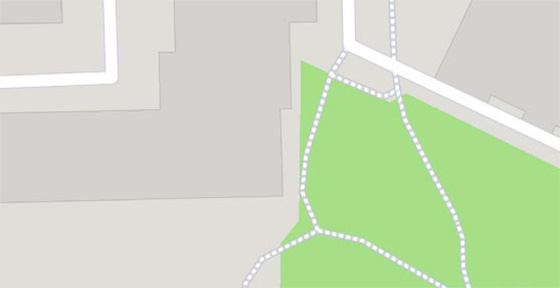The Holy Trinity Cathedral is the cathedral of the Russian Orthodox Church in Jerusalem. It is a nineteenth century church whose architecture refers to the tradition of construction from the Athos Peninsula. The cross-shaped building is covered with 7 domes of various sizes. Inside you can see a wooden iconostasis and polychromes depicting saints.
The church was built in 1860-1863 after the creation of the mission of the Russian Orthodox Church in Jerusalem. Initially, Alexander Nevsky was to be its patron, but eventually it was decided to give the call to the Holy Trinity. At the end of the 19th century, the interior received polychromies depicting saints and biblical scenes. They have survived to this day.
The church was intended to be a copy of the oldest temples from the Athos Peninsula in Greece. However, neoclassical and neo-Renaissance elements were added to its body. The domes are mounted on high drums with semi-circular windows. A square belfry with a dome adjoins the main body of the cathedral. The interior is decorated in pastel colors. The polychromes are modeled on Western painting and differ significantly from the Orthodox canon.
Attractions inside




